In this article: Learn which are the easiest vegetables to grow if you are a beginning gardener, plus guides on how to grow each of them!
My garden is my favorite place to be in the spring, summer, and fall. It just makes me happy and fills me with a sense of accomplishment.
This site contains affiliate links. If you make a purchase using one of these links, I may earn a commission. Please see my disclosure page for more information about cookies collected and our privacy policy.
And I think everyone should be able to experience that feeling! It doesn’t matter if you live in an apartment with a deck, a rented house you aren’t allowed to dig up, have a small yard or a large one….you can garden in some form or fashion.
And I am here to tell you that there is no such thing as a brown thumb. All you need is a little knowledge on the correct way to water and grow plants and you can have a successful garden!
How to Start Your First Garden
Now that you have decided you are ready to try gardening, let’s talk about what you need to get started.
1) Space: You need a place to put you garden. This can be your back yard, pots on your deck, raised beds, 5 gallon buckets, a large dedicated area for tons of plants. Whatever space you have available and want to use for gardening. (ps. here’s more on growing in containers)
2) Plants: This can be seed packets if you want to try starting your own seeds, or you can just run down to your local garden center and buy some plant starts to get you started.
3) Water: You will need a water source. A hose, a jug, a watering can filled in the sink. Watering is very important and improper watering can be the difference between a good garden and a not-so-good garden.
4) Healthy Soil: If you are growing in containers, choose a good quality, organic potting or garden soil. If you are digging in your yard for the first time consider digging in some compost or manure. We get loads of mushroom compost at our local mulch yard and use the manure from our livestock.
That’s the basics of getting started. Also check out my 11 Tips for Beginning Gardeners for some tips on having a successful first garden and 11 Mistakes New Gardeners Make- and How to Avoid Them to make sure you are doing it all right!
Now let’s talk about WHAT to grow in your first garden.
Radishes are the easiest crop to grow and one of the most instantly gratifying. Radishes are a cool weather crop that is planted directly into the garden and can give you a harvest in as little as 3 weeks! Lettuce is another cool weather crop that is easy to grow for beginners. The small seeds are planted directly in the garden while the weather is still cool and you can enjoy fresh salads and BLTs all spring long! Green beans are a great vegetable for beginning gardeners. They don't have many pests and don't require a lot of baby sitting. Drop the seeds in the ground once the threat of frost has passed and you will be harvesting beans in just a couple of months! When it comes to the garden, squash is one of the most giving vegetables. One plant can offer you pounds and pounds of squash to feed you and your family all summer long. They are an easy to start crop and very forgiving of beginners mistakes! Tomatoes are probably the favorite of many gardeners, I know they take up the most space in my garden! For beginners I suggest starting with plants from a nursery and work up to starting your own tomatoes from seed once you have some experience. Nothing beat a homegrown tomato fresh from the vine (or fresh salsa or marinara sauce!) Peppers are an easy to grow vegetable for beginners. They don't have many pests or diseases and love the hot weather of summer! You can grow hot peppers or sweet- there's a lot of varieties to choose from. So basil isn't exactly a vegetable, but it is a must in any beginner's garden. Basil is easy to grow and quick to produce. You can harvest basil again and again all season. Use it in your homemade sauces, to make pesto, or try drying it to spice up meals all year long! Cucumbers fresh from the garden are delicious and make a nutritious and hydrating snack on summer days. One plant can give you dozens and dozens of cucumbers to enjoy all season. Or try making your own batch of pickles! If you have never eaten a fresh pea straight from the pod in early spring, you are missing out! Even kids who hate peas tend to love the crunchy, sweetness of a homegrown pea. They are another cool weather crop that should make an appearance in all gardens! Eggplant can be a little picky if you are starting it from seed, so I suggest beginners purchasing transplants from the garden center. Eggplant loves hot temperatures and grows well with little to no pests or disease. Plus it's just beautiful to look at! Spinach is another easy, cool weather crop that is great for beginners. It is a hardy, leafy vegetable that can be grown year round in many locations. There are little pests and diseases that affect spinach making it next to no work to grow!11 Easiest Vegetables to Grow for Beginning Gardeners
Growing Radishes in Your Garden: Seed to Harvest
How to Grow Lettuce in Your Vegetable Garden
Growing Green Beans in Your Garden: Seed to Harvest
The Ultimate Guide for Growing Squash in Your Garden
Everything You Need to Know About Growing Tomatoes
Quick Start Guide to Growing Peppers in Your Garden
Growing Basil in Your Backyard Garden
7 Tips for Growing Amazing Cucumbers
How to Grow Peas in Your Vegetable Garden
How to Grow Eggplant: From Seed to Harvest
Growing Spinach in the Garden: From Seed to Harvest
Do you have questions or comments about starting your first garden? Leave them in the comments below!

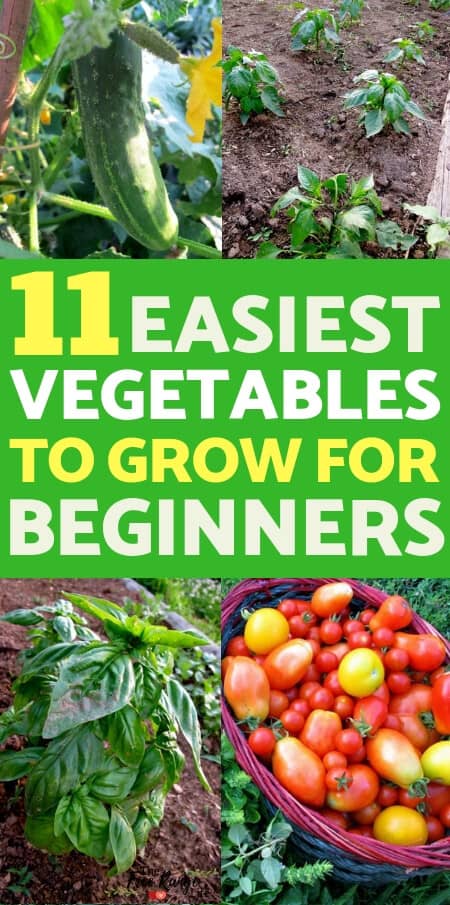
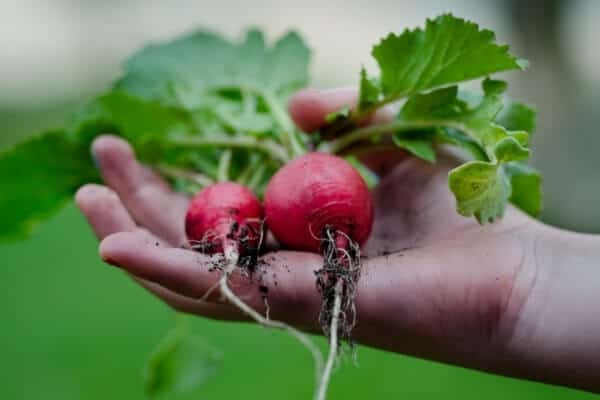
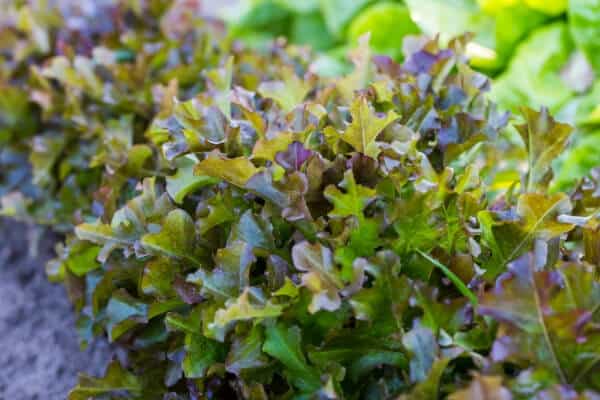
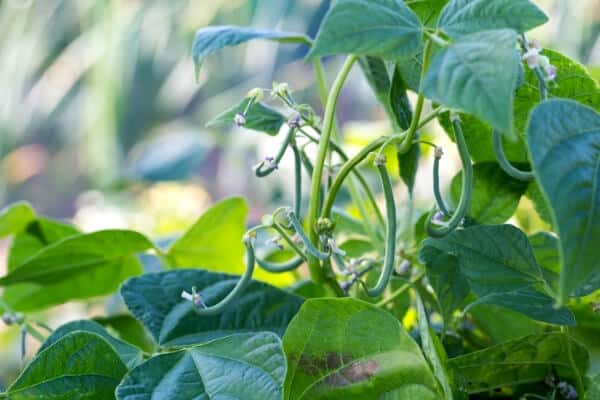
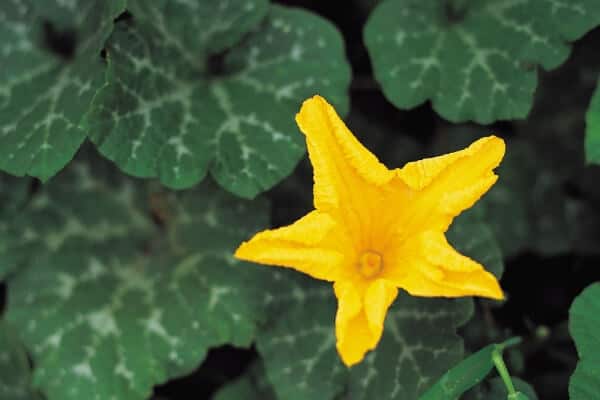
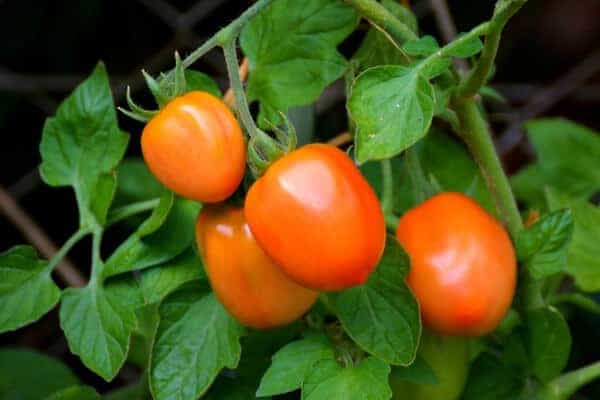
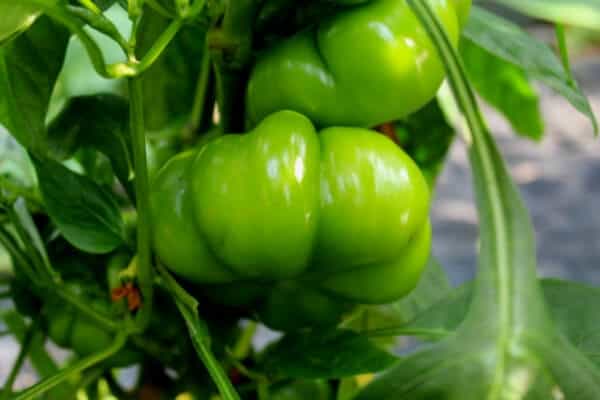
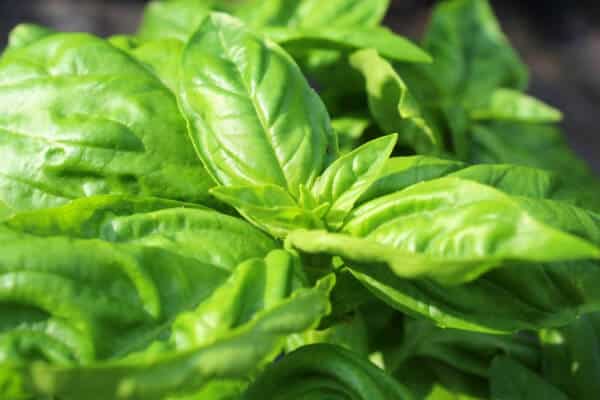
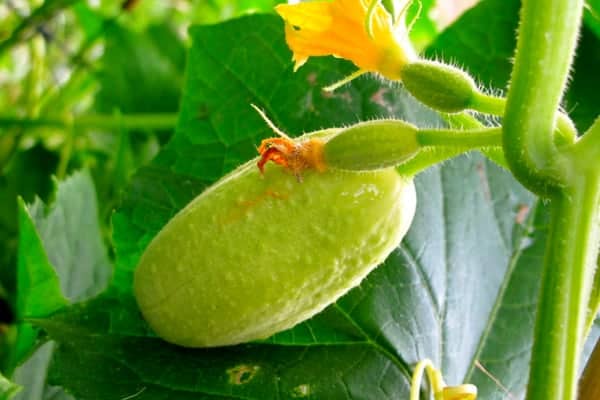
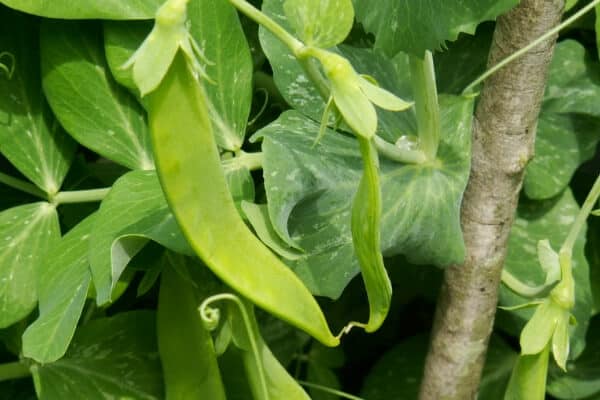
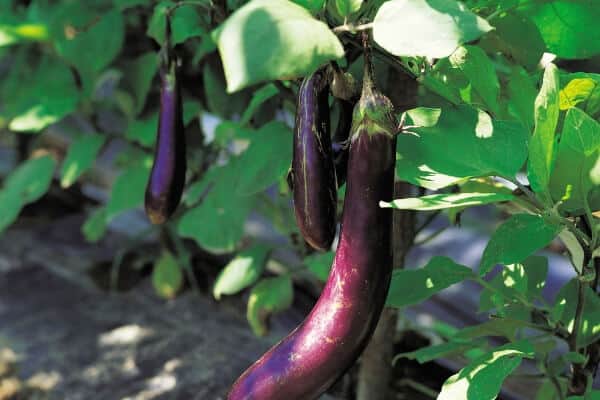
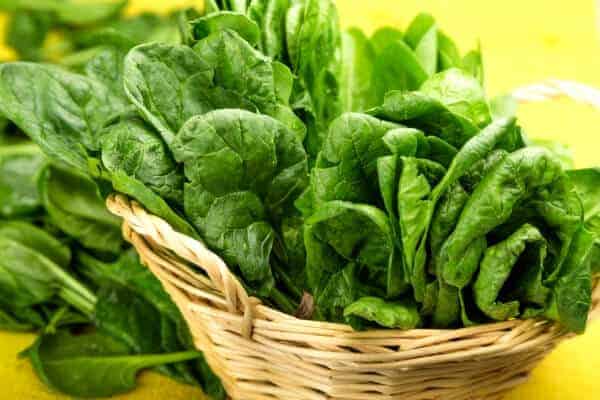
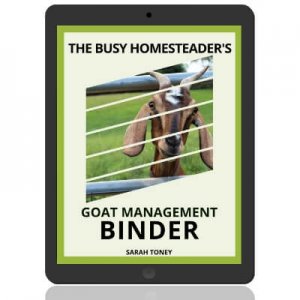
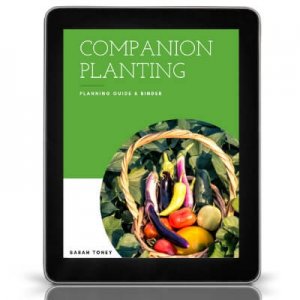
Oh my goodness, but my spinach started of with a bang, after heavy rain it developed terrible fungus’s. What a struggle!! Any organic help, huge garden please!?
Research neem oil.
Hi, I’m a beginner in planting vegetables and really like your 11 easiest vegetables to begin with. However, the area I intend to start planting has a tree, though a part of that area is exposed to the sun for the first six hours of the day particularly in summer time.
Is it the right place to plant where there’s a tree.
Thanks